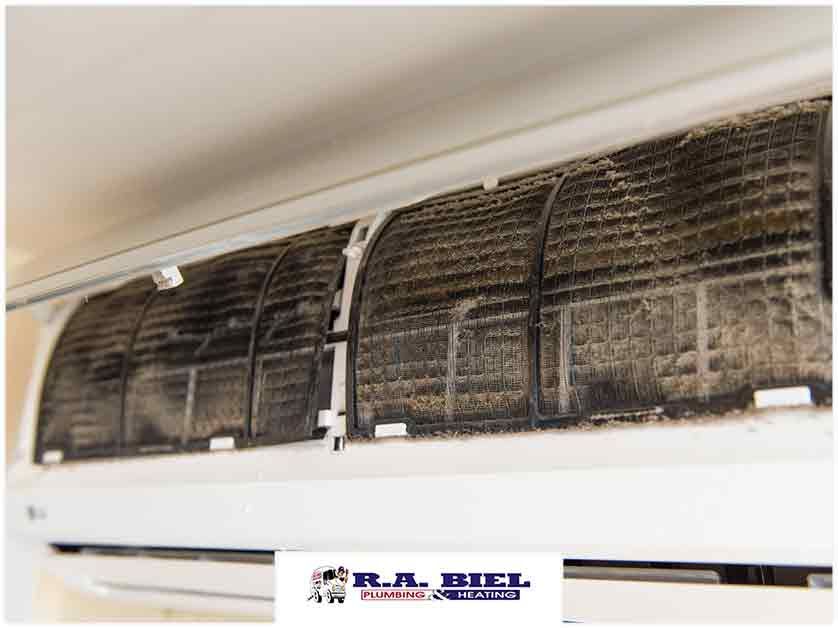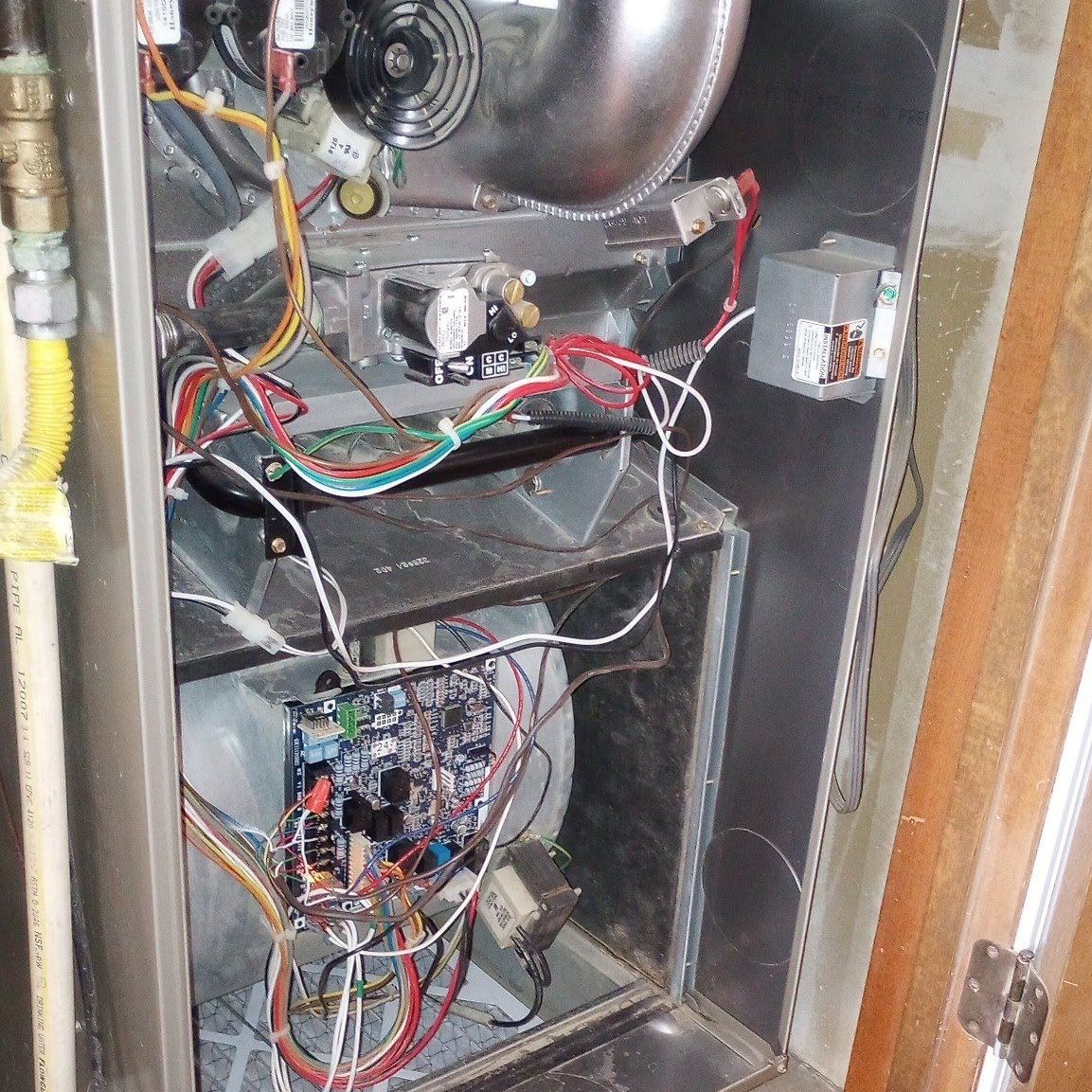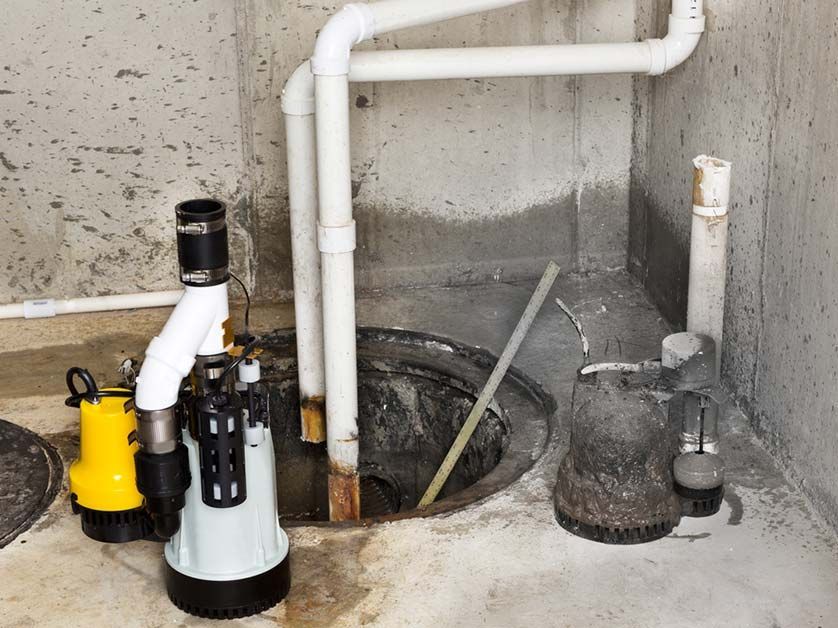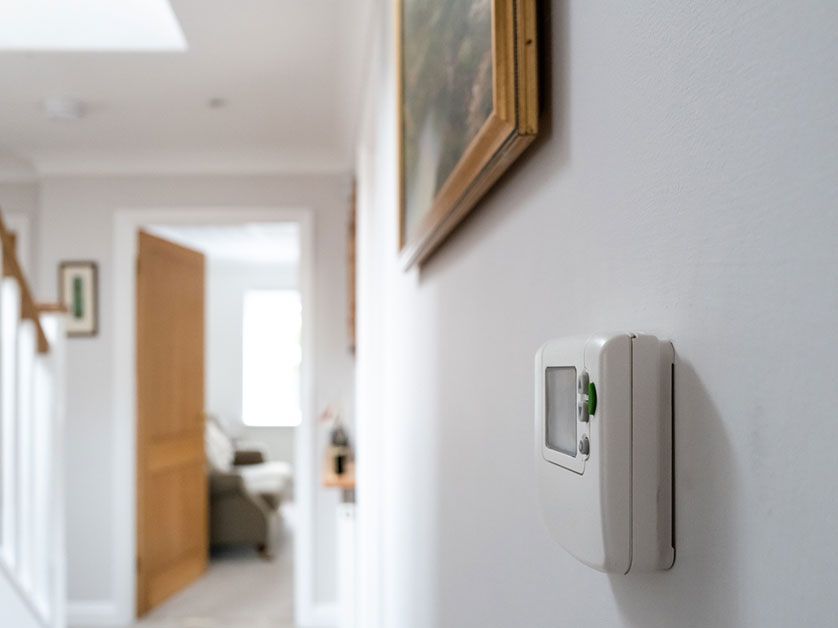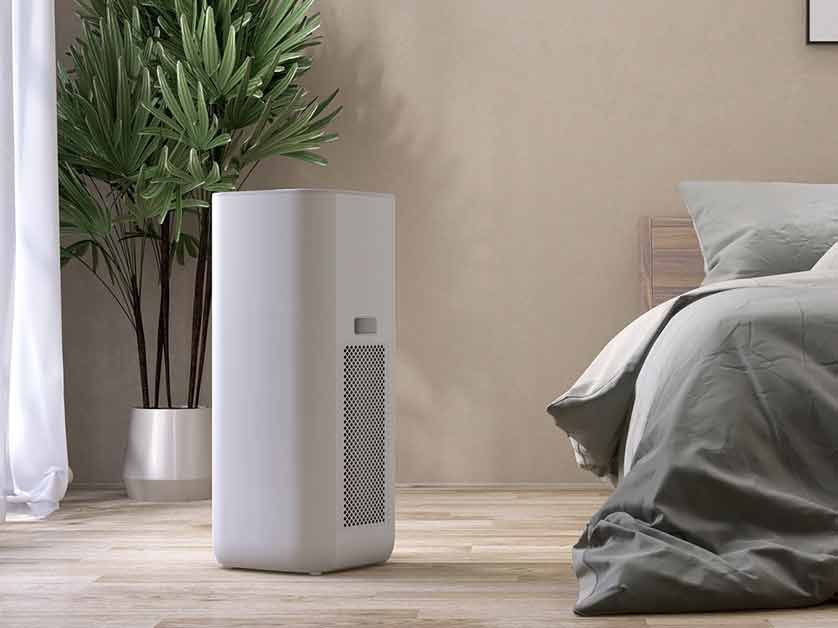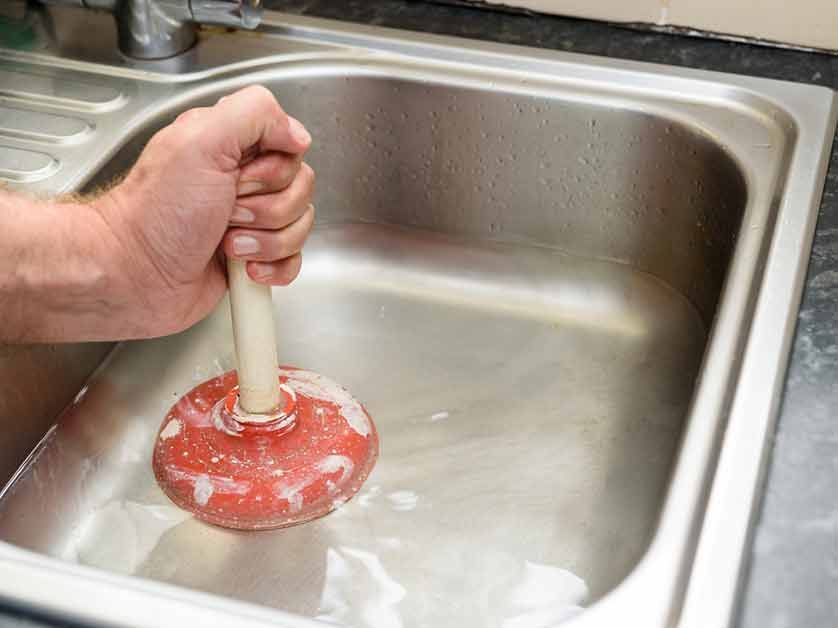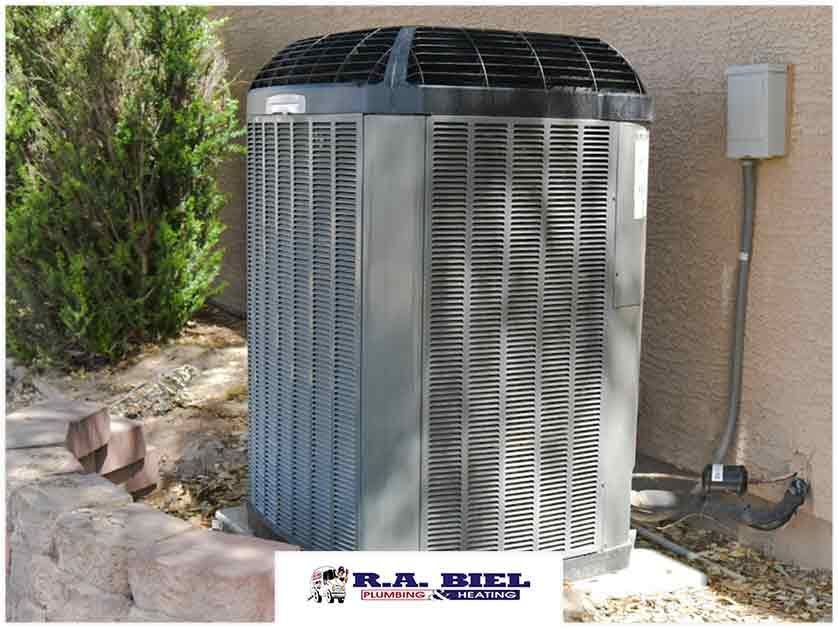What’s the Difference Between Water Hammer & Resonance?
Water hammer and water resonance both create loud, banging sounds. That’s why these terms are sometimes incorrectly used interchangeably. When fixing plumbing issues, it’s important to correctly identify both the symptoms and the true source of the problem. Otherwise, you might make unnecessary repairs on the wrong parts.
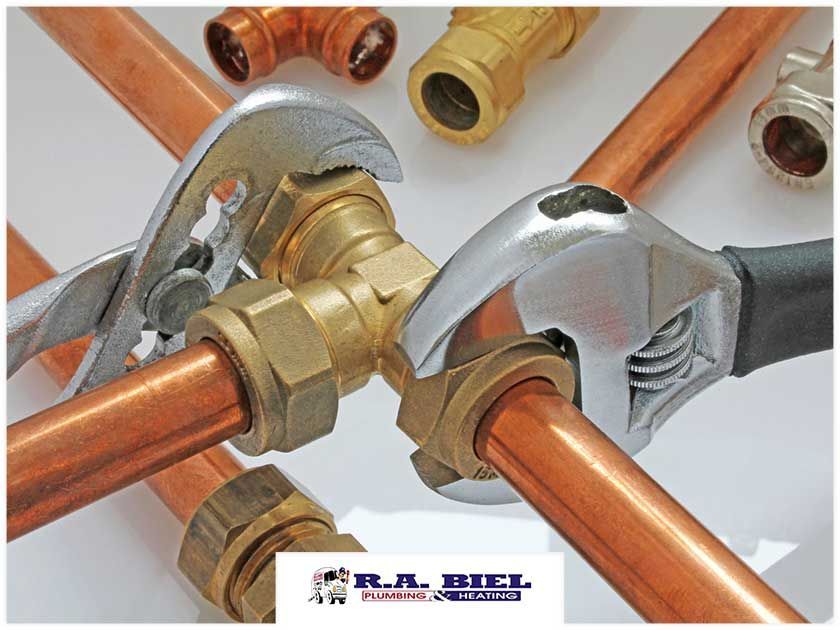
Here R.A. Biel Plumbing & Heating, a trusted plumbing and air conditioning repair company, discusses the main differences between water hammer and water resonance. We also share tips on how you can fix these plumbing issues.
Water Hammer
Water hammer is a loud bang coming from the pipes after a fill valve shuts off. This type of plumbing noise is typically due to worn or damaged faucet washers. A buildup of minerals and rust inside the shut-off valves may also cause this sound.
- To resolve this kind of issue, you can try the following:
- Turn off the water supply to your home at the main. Then, open all cold-water faucets. Make sure to start with the highest faucets (such as those on the second or third floor) and work your way down to the lowest faucets (typically on the first floor or in the basement).
- Flush all your toilets in your house.
- Allow water to drain from the open faucets for about 20 to 30 minutes.
- Turn on the water supply to your house at the main. Wait for five to 10 minutes so that faucets can regain a strong flow of water.
- Close all the cold-water faucets. This time, move from the lowest faucets to the highest.
Toilets should automatically refill. Once all the faucets are closed and the toilets are filled, you can check for water hammer by flushing the toilets.
If this method doesn’t work, try reducing the flow from the shut-off valves. You might also want to call a professional plumber to help you out. Much like a drain and sewer repair , it’s best to have this kind of issue addressed immediately.
Water Resonance
Water resonance is a rapid banging sound heard from a pipe during the flush or fill process. You can try the following method to fix the issue:
- Turn off the water supply and flush the tank.
- Reach inside the tank and place your right hand under the float cup and try to lift it up. Make sure to hold onto the gray shaft that keeps the float cup all the way up, and be careful not to let it drop or the valve shaft turn.
- Put your left hand on the top of the valve cup, and place your left thumb on the side of the arm coming out of the top. Unlock the cap and lever by turning them counterclockwise a little. This will allow you to lift the cap and lever off of the valve body.
- After removing the cap assembly, inspect the seal and the valve portion in the tank for debris.
- Hold the cup upside down over the opening of the valve. Then, turn on the water supply for 10 to 15 seconds. Be sure the water is running at full force so that there’s enough pressure to dislodge any debris inside the valve inlet.
- Reassemble the top of the valve by putting the cap arm next to the refill tube. Lock by pressing the cap down while turning it and the arm clockwise.
R.A. Biel Plumbing & Heating has a team of qualified technicians who can perform a wide range of HVAC and plumbing jobs. Whether it’s plumbing or heating repair , you can expect top-notch services from our experts. Call us at (505) 327-7755 or fill out our contact form to schedule a service.
The post What’s the Difference Between Water Hammer & Resonance? appeared first on R.A. Biel Plumbing & Heating, Inc..
Our Recent Articles
